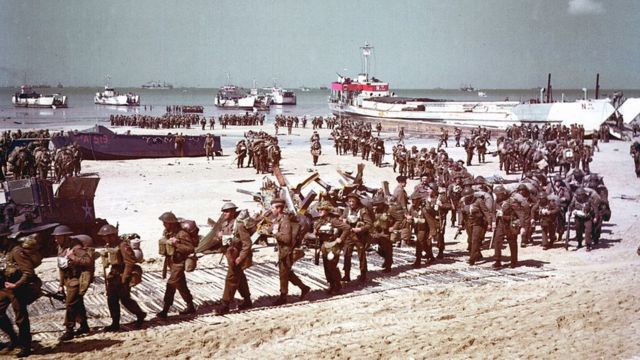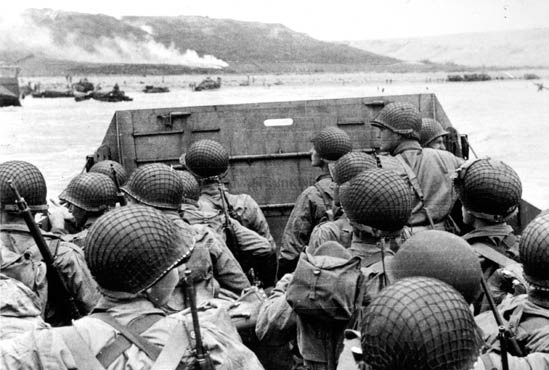

The Allies boasted a 5,000-vessel armada that stretched as far as the eye could see, transporting both men and vehicles across the channel to the French beaches. Once the massive Allied force set out, there was no turning back. Less than 15 percent of the Allied forces coming aboard the ships had ever seen combat.Īn invading army had not crossed the unpredictable and dangerous English Channel since 1688. His enemy was the weapon-and-tank-superior German army commanded by Erwin Rommel, one of the most brilliant generals of the war. He would have to move his forces 100 miles across the English Channel and storm a heavily fortified coastline.

Eisenhower faced a task of magnitude and hazards never before attempted. With the invasion of Normandy, General Dwight D. So the “D” may simply refer to the “day” of invasion. The Army began to use the codes “H-hour” and “D-Day” during World War I, to indicate the time or date of an operation’s beginning. The most likely explanation is offered by the U.S. There has been some confusion regarding the meaning of the “D” in D-Day. Gliders also brough in men, light artillery, jeeps, and small tanks. Six parachute regiments, with more than 13,000 men, also went ahead to cut railroad lines, blow up bridges, and seize landing fields.

More than 300 planes dropped 13,000 bombs over Normandy in advance of the invasion. The battle began months before the invasion, when Allied bombers began to pound the Normandy coast and farther south, to destroy transportation links, and disrupt the German army's build-up of their military strength. Operation Overlord also began on D-Day, and continued until Allied forces crossed the River Seine on August 19. Operation Neptune began on D-Day (June 6, 1944) and ended on June 30, when the Allies had established a firm foothold in Normandy. The assault phase, or the establishment of a secure foothold, was known as Operation Neptune. Operation Overlord was the codename for the Allied invasion of northwest Europe. Twelve Allied nations provided fighting units that participated in the invasion, including Australia, Canada, Belgium, France, Czechoslovakia, Greece, New Zealand, the Netherlands, Norway, Poland, the United Kingdom, and the United States. More than 60 years later, the Normandy Invasion, or D-Day, remains the largest seaborne invasion in history, involving nearly three million troops crossing the English Channel from England to Normandy in occupied France. The Battle of Normandy was fought during World War II in the summer of 1944, between the Allied nations and German forces occupying Western Europe.


 0 kommentar(er)
0 kommentar(er)
